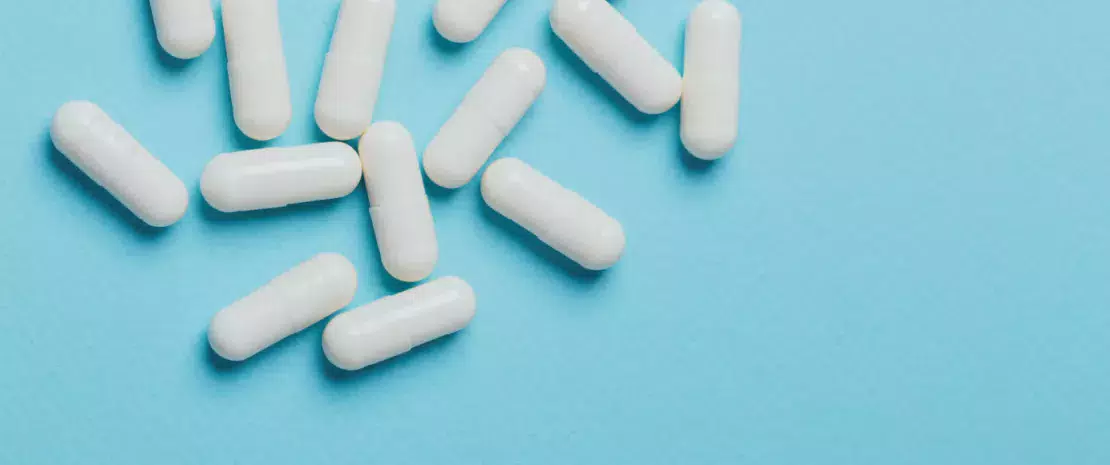Probiotics at the service of “fatty liver” syndrome
To lighten the global burden of metabolic diseases, we would need to be able to make a large part of the planet adopt healthier dietary habits. A necessary but difficult task. Simultaneously, interventions at the heart of intestinal bacterial dynamics are under consideration: will probiotics and fecal microbiota transplants be the great new metabolic therapies of tomorrow?
- Learn all about microbiota
- Microbiota and related conditions
- Act on your microbiota
- Publications
- About the Institute
Healthcare professionals section
Find here your dedicated section
Sources
This article is based on scientific information
Sections

About this article
Far from being a French specialty, “fatty liver” syndrome (foie gras in French) is driving up the number of hepatitis cases all around the world. Research is turning with increasing seriousness towards probiotics to stem these new epidemics9. And the gamble seems to have paid off.
Cases of viral, alcoholic, and now increasingly fatty, hepatitis are soaring due to obesity and type 2 diabetes. Excess fat accumulates in liver tissue, first causing non-alcoholic hepatic steatosis (NAFLD10) which can escalate into non-alcoholic steatohepatitis (the famous NASH11), itself heralding cirrhosis–point of no return for the liver. As in obesity and type 2 diabetes, the intestinal microbiota plays a frontline role. Hence the hope of countering this overdose of fat through probiotics: an avenue followed with success by research for around ten years.
From animals to humans
The first studies in animal models proved the benefits of using probiotics and prebiotics, and even synbiotics (a combination of the two). By way of example, the addition of fructooligosaccharides to probiotics led to a reduction in inflammation and in fatty particles in the liver, loss of weight and fat mass, and improved insulin sensitivity in some patients. These positive results were confirmed by the decrease in fat content of the liver in Hong Kong patients treated for six months with a mixture of lactobacilli and bifidobacteria. Decreased liver stiffness–a sign of diminished aggression–was observed in Iranian patients after taking synbiotics for twenty-eight weeks.
A convincing trial by the book
on-alcoholic steatohepatitis (the famous NASH11), itself heralding cirrhosis–point of no return for the liver. As in obesity and type 2 diabetes, the intestinal microbiota plays a frontline role. Hence the hope of countering this overdose of fat through probiotics: an avenue followed with success by research for around ten years. From animals to humans The first studies in animal models proved the benefits of using probiotics and prebiotics, and even synbiotics (a combination of the two). By way of example, the addition of fructooligosaccharides to probiotics led to a reduction in inflammation and in fatty particles in the liver, loss of weight and fat mass, and improved insulin sensitivity in some patients. These positive results were confirmed by the decrease in fat content of the liver in Hong Kong patients treated for six months with a mixture of lactobacilli and bifidobacteria. Decreased liver stiffness–a sign of diminished aggression–was observed in Iranian patients after taking synbiotics for twenty-eight weeks. A convincing trial by the book An additional step forward has been taken in establishing probiotics as a valid therapeutic option through a clinical trial conducted in a few dozen Ukrainian patients with non-alcoholic hepatic steatosis. The daily administration of a probiotic containing fourteen living strains over an eight week period produced a clear reduction in hepatic fat, some inflammatory markers and enzymes indicative of a diseased liver. These effects remain to be confirmed in a larger number of patients and over the long-term. But probiotics look very promising in the fight against these overdoses of fat for which our livers pay the price.
10 Non-Alcoholic Fatty Liver Disease
11 Non-Alcoholic Steato-Hepatitis












